# *Hola, comunidad de "Natural Medicine" * En esta segunda publicación que hago dentro de esta tribu quería ofrecer algo de información sobre un "*acupunto*" en específico, también los llaman resonadores en la escuela *Nei Jing*, o un "puntos energéticos", depende de la escuela que ustedes sigan. El resonador en cuestión es muy importante para la tradición de la "medicina china". Pertenece al reino mutante de la tierra, es el gran tonificador, fortalece el organismo y también ayuda a equilibrar la energía. > **Hello, "Natural Medicine" community.** In this second publication that I make within this tribe I wanted to offer some information about a specific "*acupoint*", people also called them *resonators * in the Nei Jing school, or an "*energy point*", depending on the school you follow. The resonator in question is very important to the tradition of "Chinese medicine". It belongs to the mutant kingdom of the earth, is the great toner, strengthens the organism and also helps to balance the energy. Hay narraciones, que varían en su forma, pero que apuntan hacia la misma idea sobre la importancia de este punto desde tiempos inmemoriales. Por ejemplo, nos contaban en la escuela de medicina china que hubo una vez un anciano cuya fama era muy reconocida por su longevidad, el emperador al enterarse de ello lo mandó a presentarse ante la corte, el anciano, muy tranquilamente bajó de la montaña y se dirigió al palacio, al ver lo vigoroso que estaba para su muy avanzada edad, se dice que pasaba sobradamente los cien años, así que le preguntó el emperador que cuál era su secreto, a lo cual el anciano respondió que por la mañana todos los días masajeaba *Zu San Li*. Ese era el secreto de su larga vida. Es un resonador que se usa en casi todos los tratamientos, especialmente en casos de debilidad y vacío. Es un punto "mar", un lugar donde la energía está amplia. > There are stories, which vary in form, but which point to the same idea of the importance of this point from time immemorial. For example, we were told at the school of Chinese medicine that there was once an old man whose fame was well known for his longevity, and when the emperor found out about it he sent him to the court, and the old man very quietly came down from the mountain and went to the palace, and when he saw how vigorous he was for his very old age, it is said that he was well over a hundred years old, so the emperor asked him what his secret was, to which the old man replied that every morning he massaged *Zu San Li*. That was the secret of his long life. It is a resonator that is used in almost all treatments, especially in cases of weakness and emptiness. It is a "sea" point, a place where the energy is wide and broad. El masaje puede ser muy sencillo, pueden hacerlo cómo gusten, el punto se los indicaré a través de las siguientes imágenes, e tomado fotos de dos libros y aparte he servido yo mismo como modelo para algunas de las fotos, donde se muestra una pierna ( XD Me disculpan el toque picante que le dan las imágenes al post -Lol). Una técnica muy usada en digito presión o digito puntura es hacer movimientos suaves de pulsación con la punta del pulgar sobre el punto a tratar. Pero, eso lo dejo a su gusto, es muy sano y agradable, además es inocuo. Otra manera es tonificar con un elemento térmico (alerta, no lo intenten en casa, reciban la guía de un profesional), puede ser algo tibio, y se acercan el objeto tibio hacia el punto, si el calor es suave y tolerable se lo pueden colocar en el punto *Zu San Li* (no usen esa técnica con todos los resonadores, hay muchos que están contraindicados). Puede utilizarse también una compresa tibia de esas especiales para los dolores que venden en las farmacias o las versiones caseras. En las imágenes verán que yo acerco un puro de moxa al punto, que consiste en la técnica de estimulación por moxa indirecta. > The massage can be very simple, you can do it as you like, the point will be indicated through the following images, and I took pictures of two books and apart I have served myself as a model for some of the pictures, where a leg is shown (XD I apologize for the spicy touch that the images give to the post -Lol). A very used technique in digit-pressure or digit-puncture is to make soft movements of pulsation with the tip of the thumb on the point to be treated. But, I leave that to your taste, it's very healthy and pleasant, and it's harmless. Another way is to tone with a thermal element (be alert, do not try it at home, get guidance from a professional), it can be something warm, and you approach the warm object towards the point, if the heat is soft and tolerable you can place it on *the Zu San Li* point (do not use this technique with all resonators, there are many that are contraindicated). You can also use one of those special warm compresses for pain that they sell in pharmacies or the home versions. In the images you will see that I bring a moxa cigar to the point, which consists of the technique of indirect moxa stimulation ## Cómo ubicarlo / How to locate it: El punto **Zu San Li**, está en el meridiano (canal energético) del **estómago**, se le ubica con el número 36, así que lo verán en muchas guías como **36** E, o **E36**, su nombre en chino indica que está a tres distancias, o tres *tsun *(3 *cun*), de la rótula o del 35 E, y también indica que está en ese meridiano que pasa por el pie. Pero es compleja una traducción literal, es chino antiguo, ya ni los mismos chinos lo entienden, por ello también el maestro Padilla ha rescatado la traducción *Divina indiferencia terrestre*, que es uno de los nombres con el que se le conoce en la tradición. Los nombres para el maestro Padilla tienen un poder, por eso él y su escuela (*Nei Jing*) usan más los nombres alquímicos, también por respeto a la tradición antigua que legó esos nombres interpretativos, guardando más complejidades sobre el significado usos de los resonadores. > The point *Zu San Li*, is on the **meridian **(energy channel) of the **stomach**, is located with the number 36, so you will see in many guides as **36 E**, or E36, its name in Chinese indicates that it is three distances, or three *tsun *(3 *cun*), of the kneecap or 35 E, and also indicates that it is on that meridian that passes through the foot. But a literal translation is complex, it is ancient Chinese, and not even the Chinese themselves understand it, which is why Master Padilla has also rescued the translation *Divine terrestrial indifference*, which is one of the names by which it is known in tradition. The names for master Padilla have a power, that's why he and his school (*Nei Jing*) use more the alchemical names, also for respect to the ancient tradition that bequeathed those interpretative names, keeping more complexities about the meaning uses of the resonators. En los manuales aparece así:
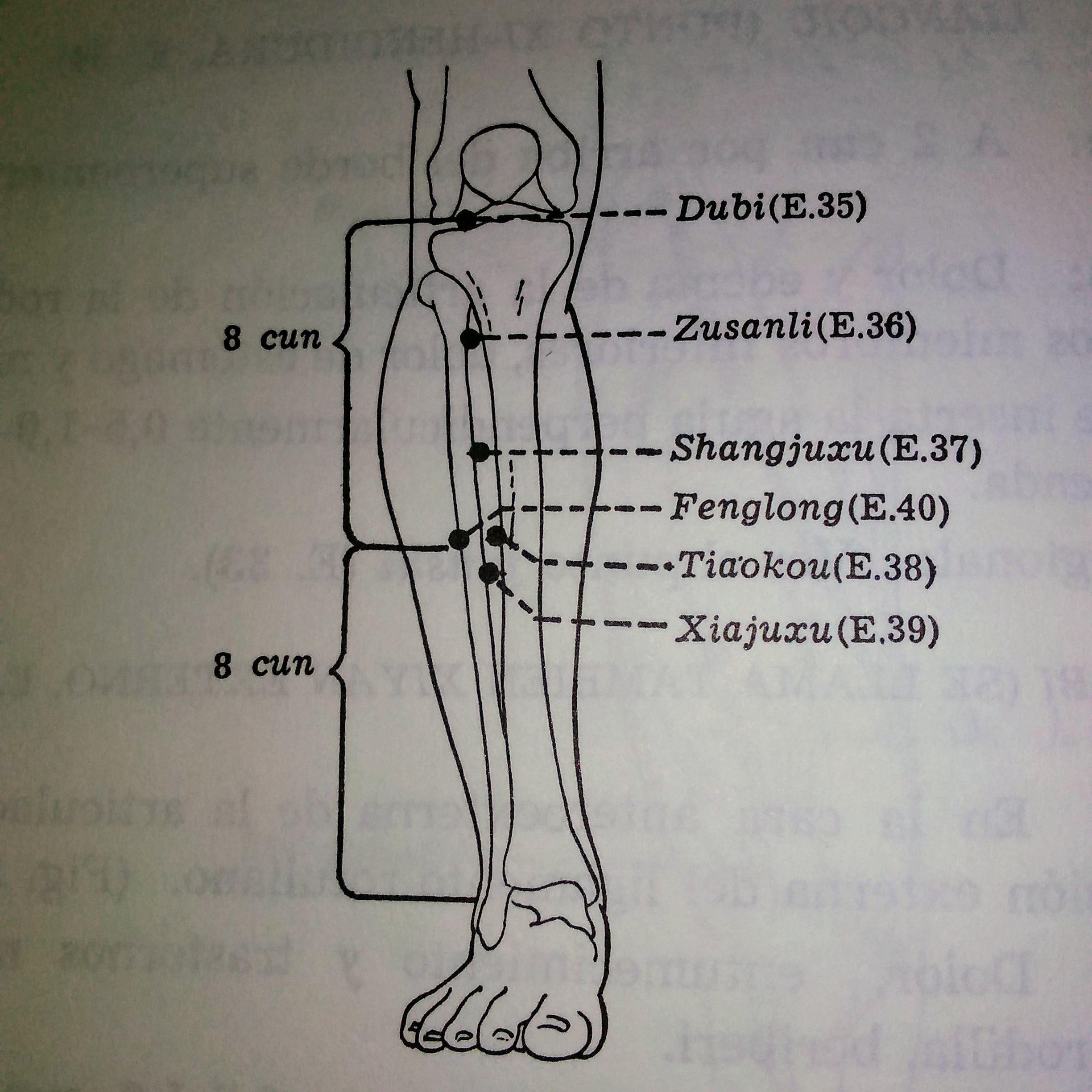
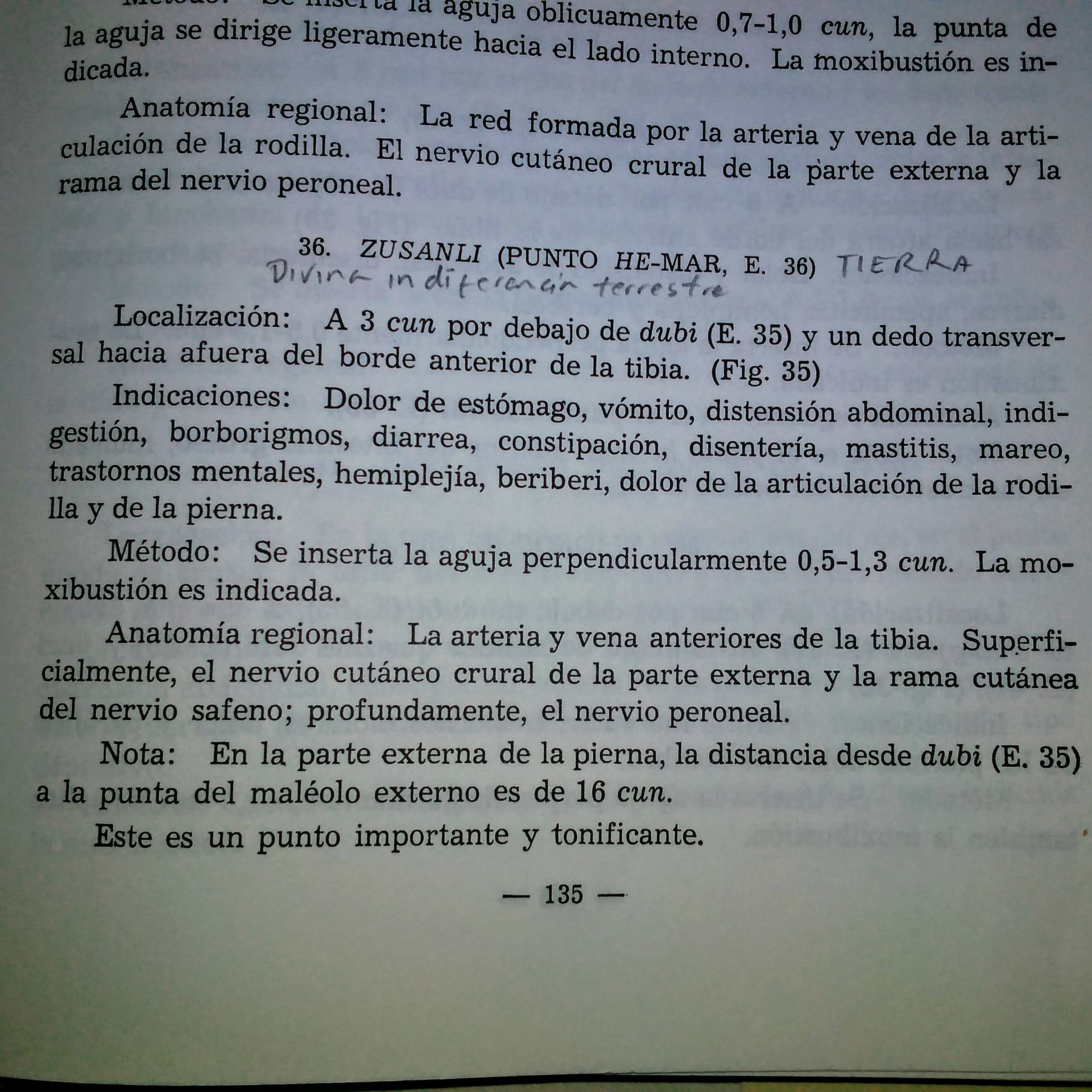
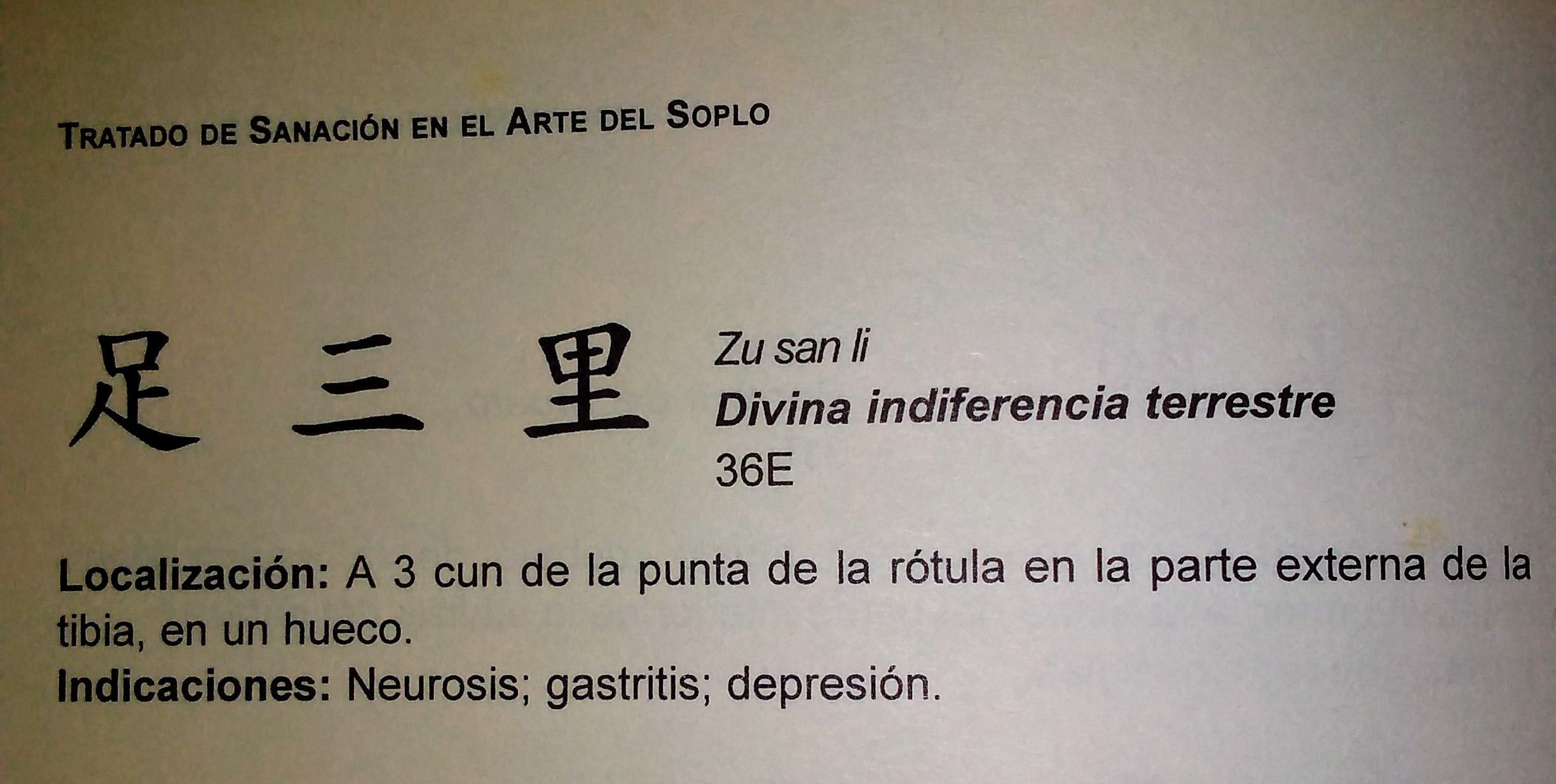
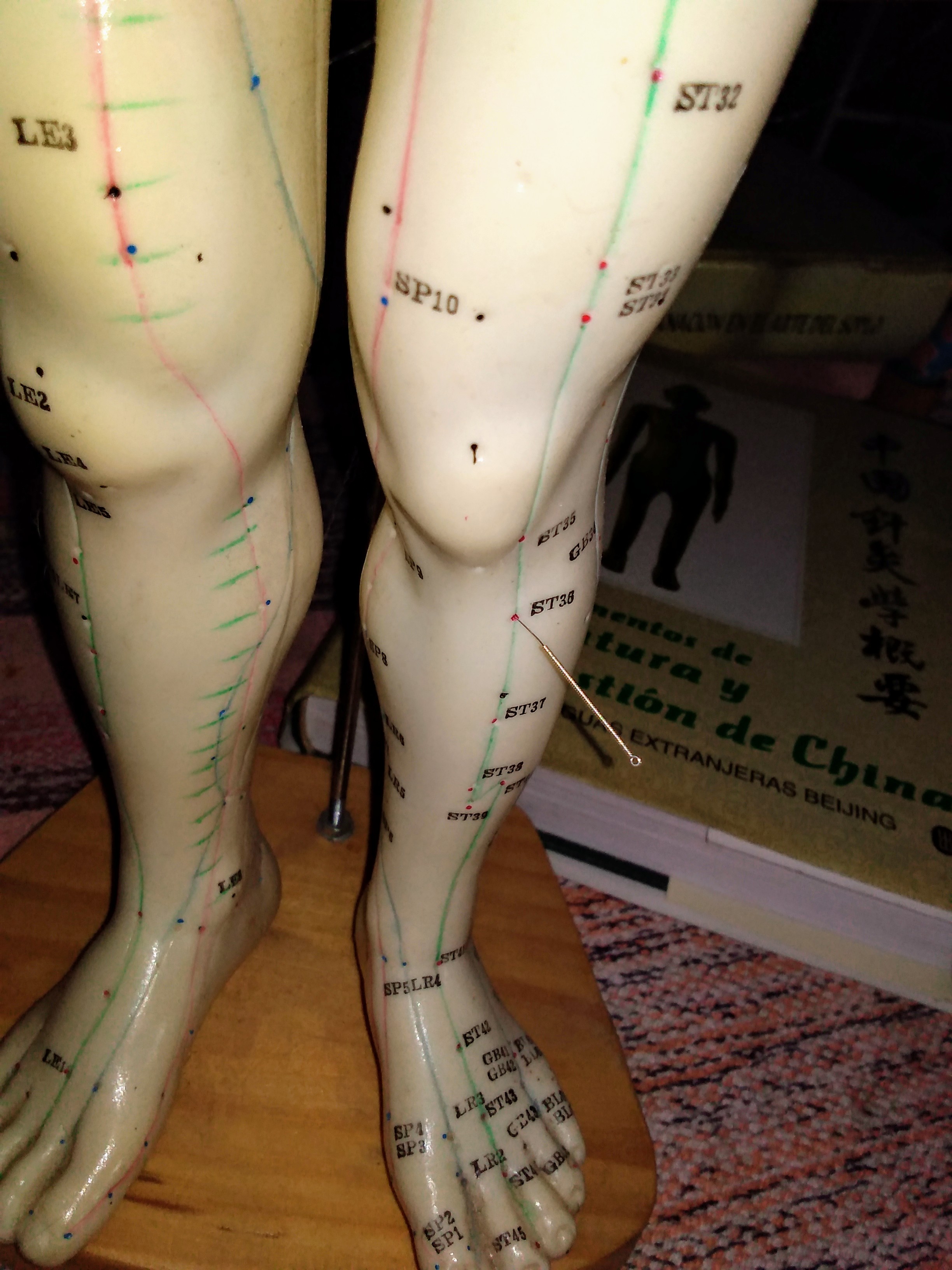
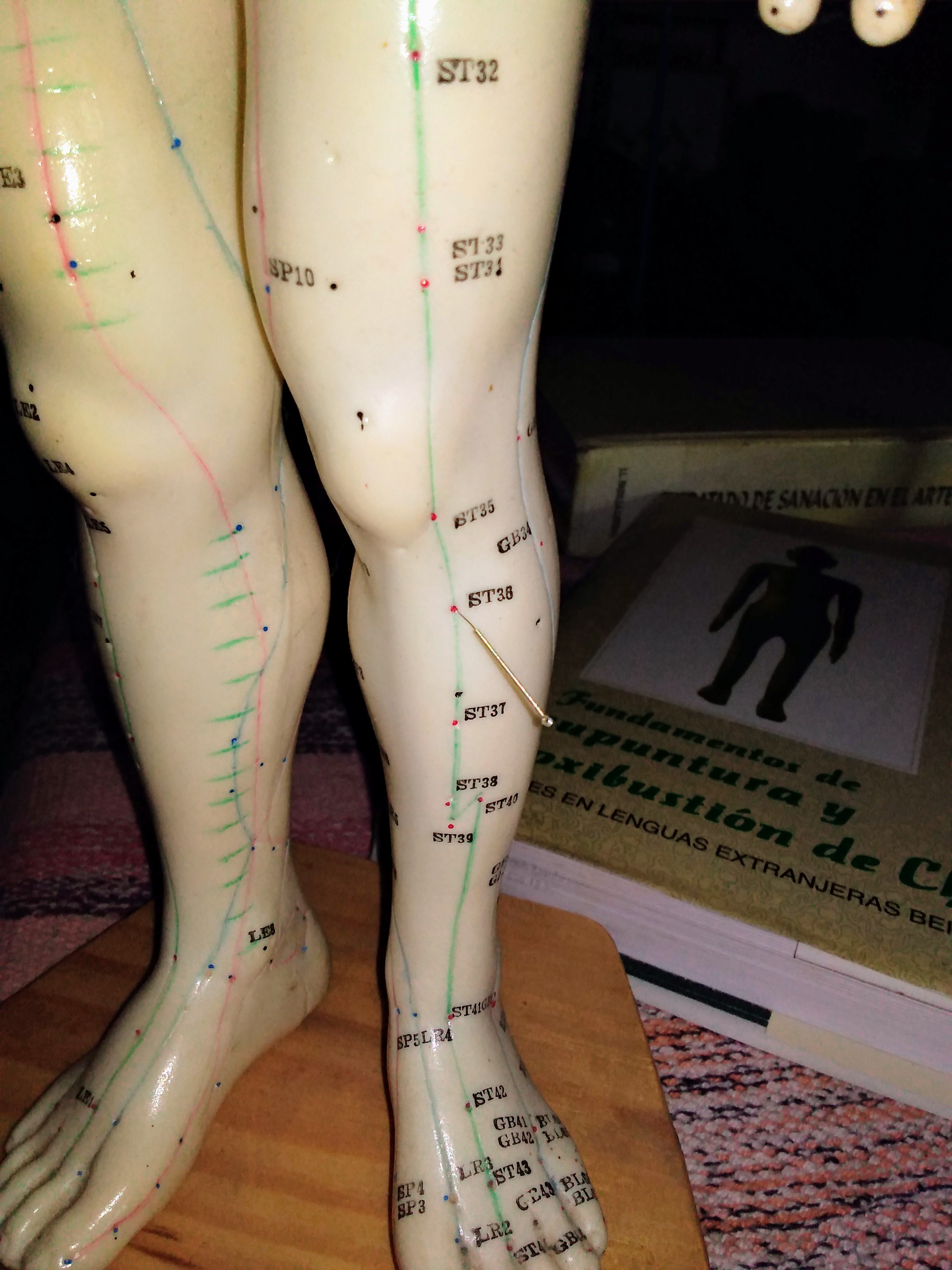
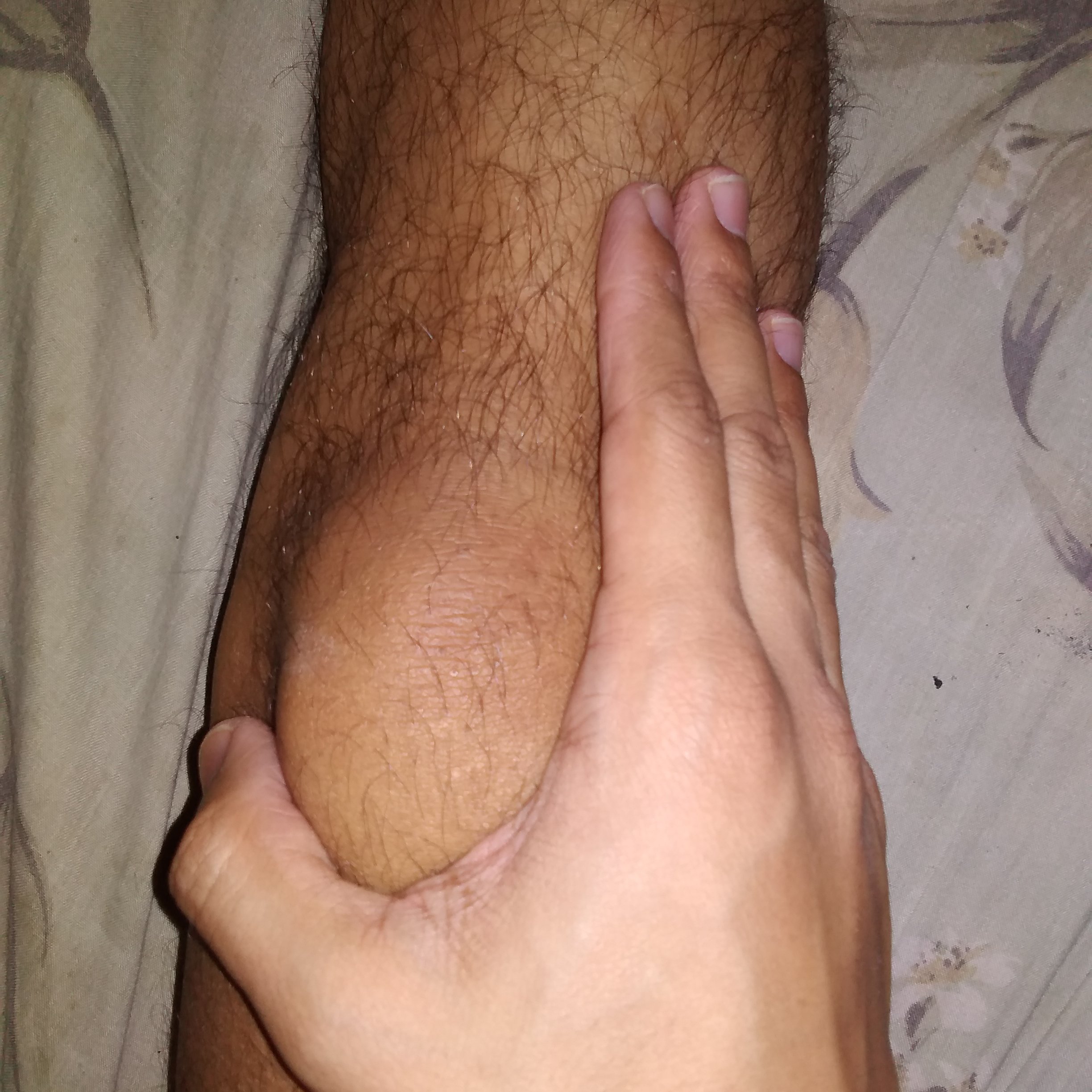
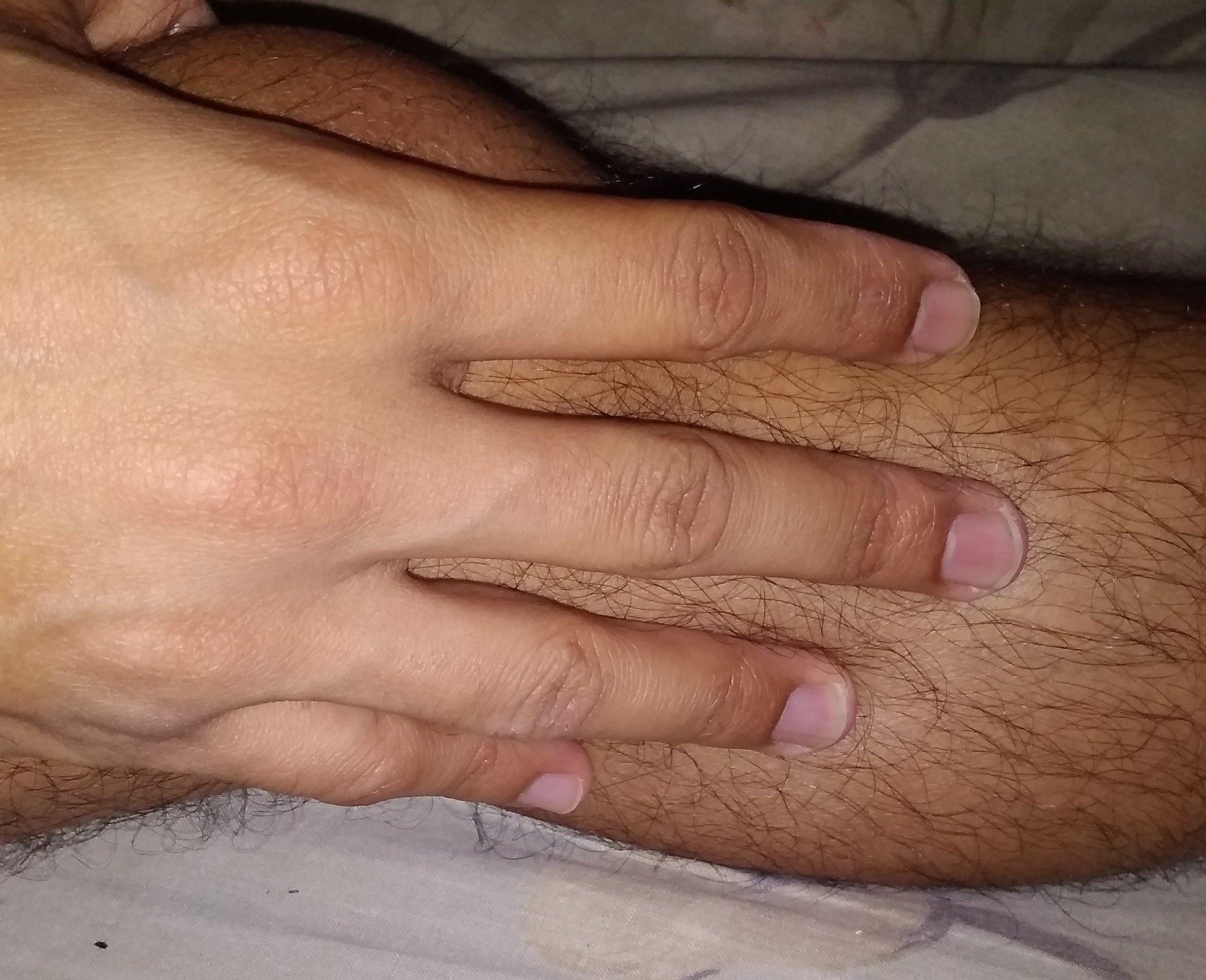


Originally posted here: https://hive.blog/hive-120078/@filosbonus1/zu-san-li-las-tres-distancias-de-la-pierna-o-la-divina-indiferencia-terrestre-zu-san-li-the-three-leg-distances-or-the-divine
No comments:
Post a Comment